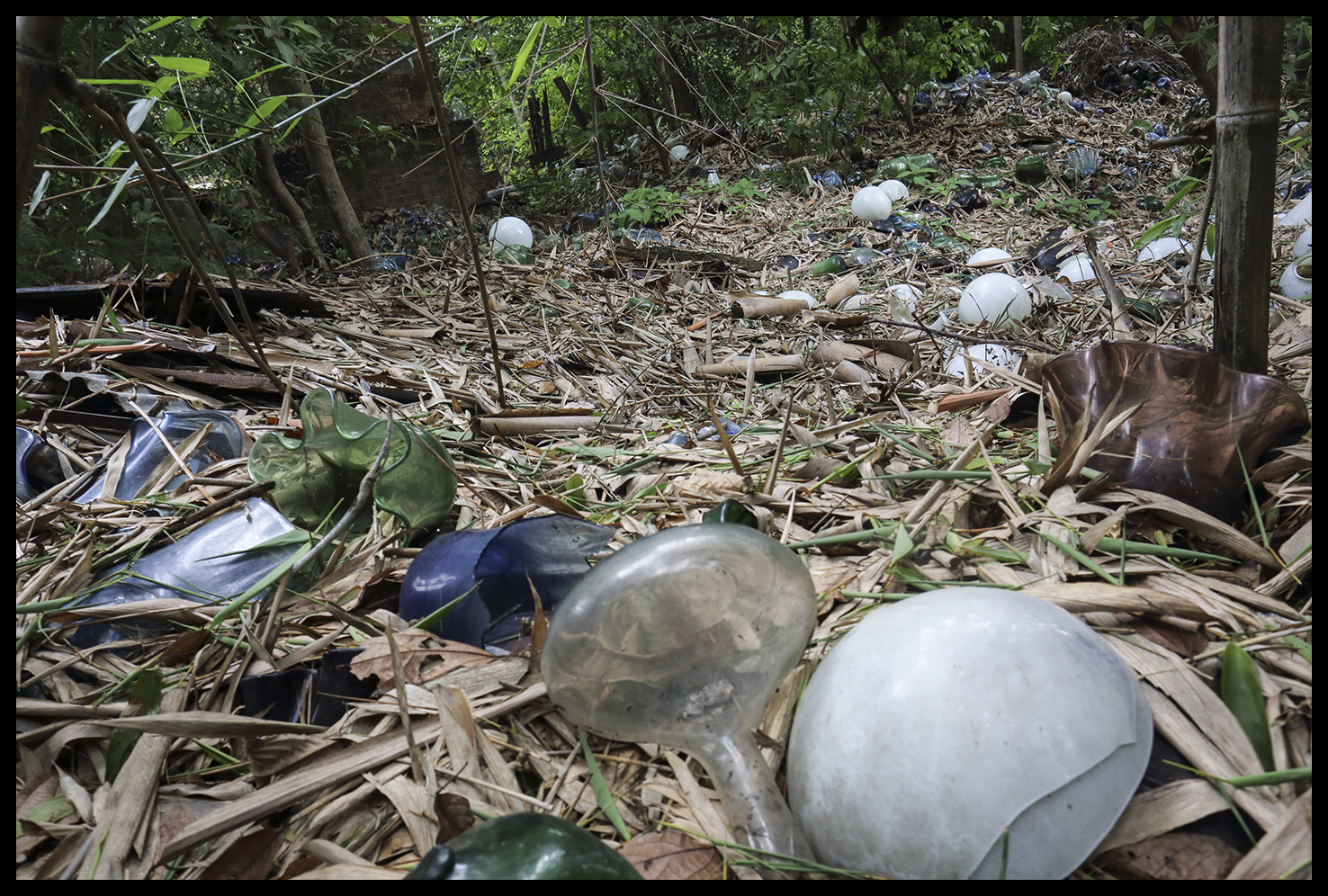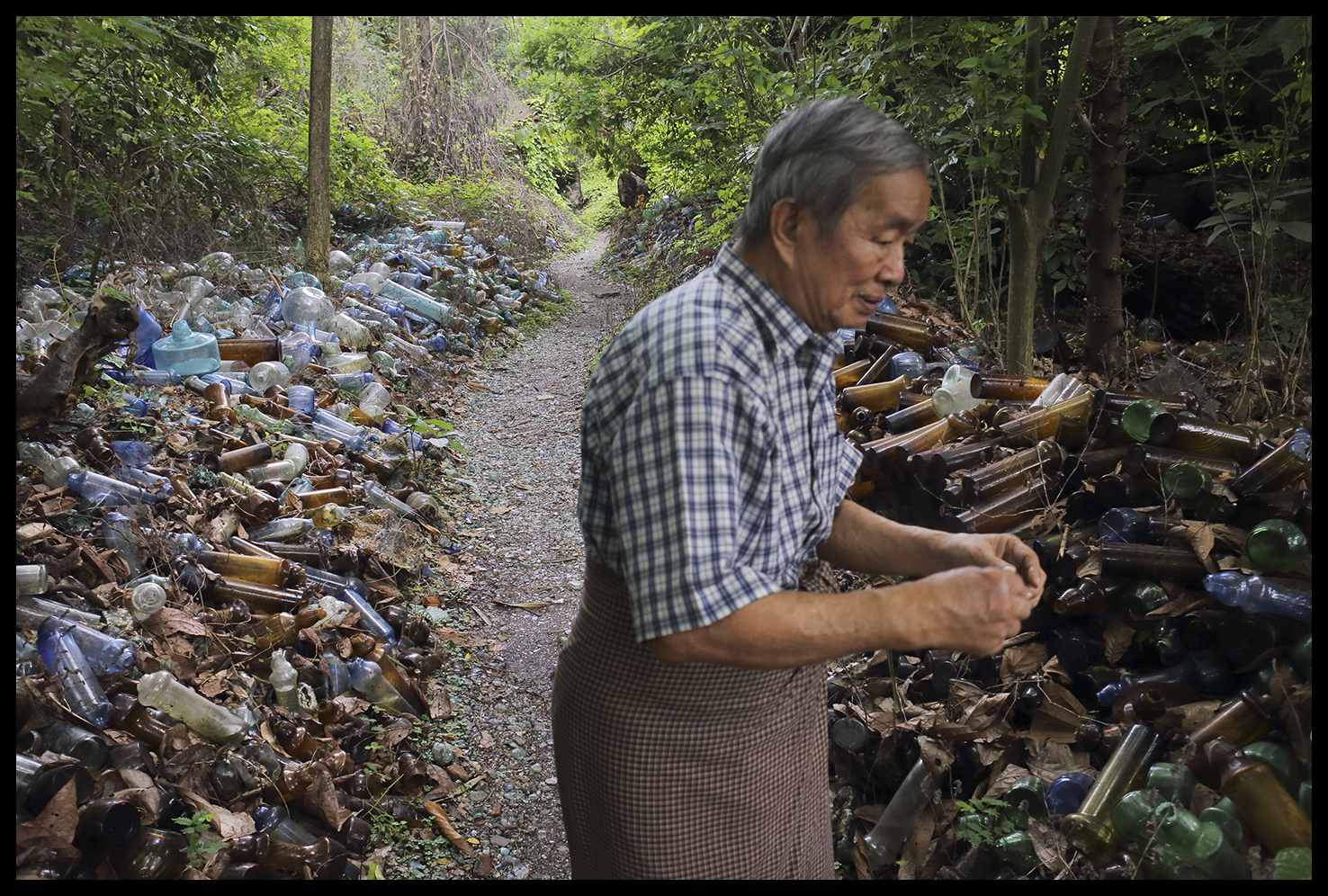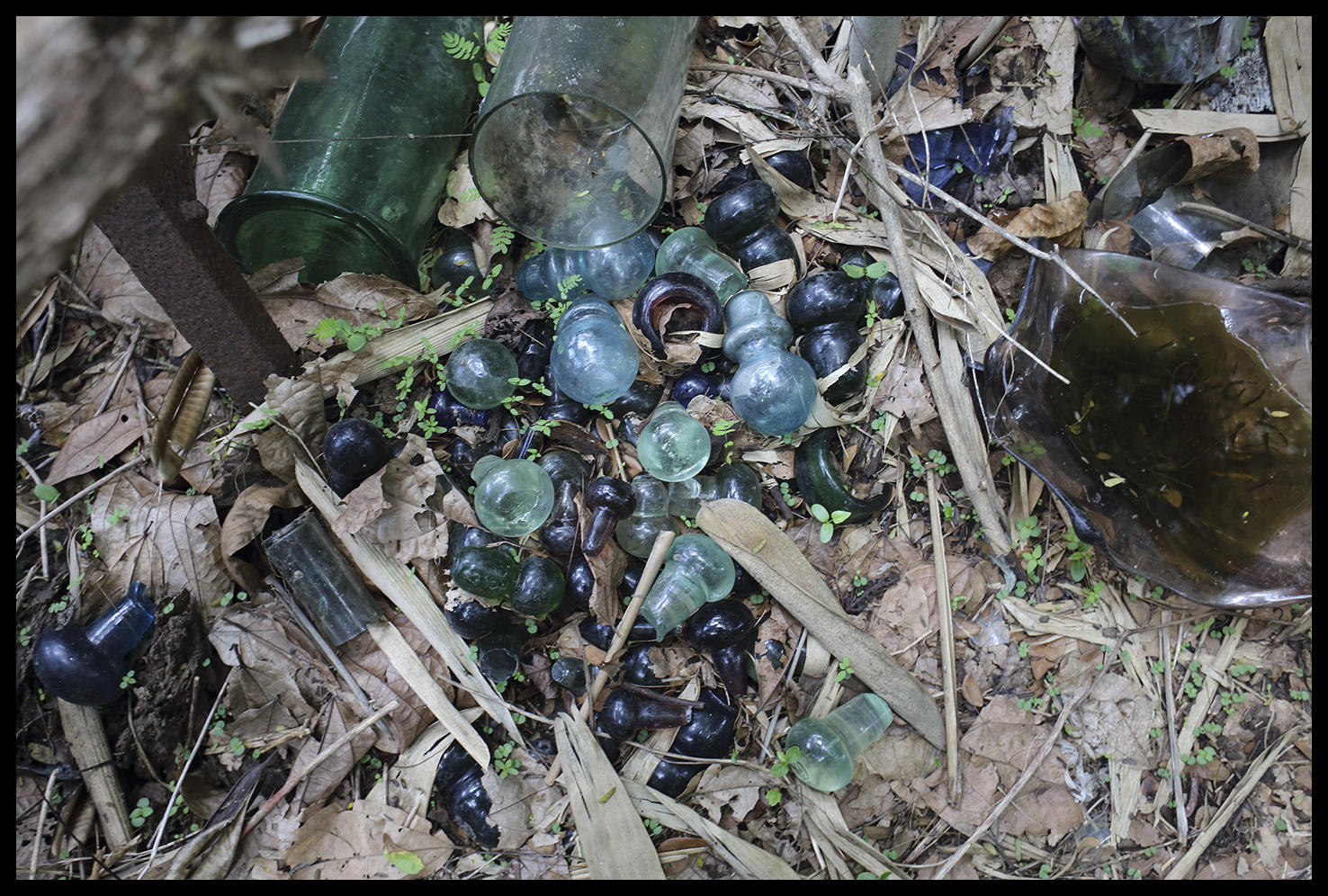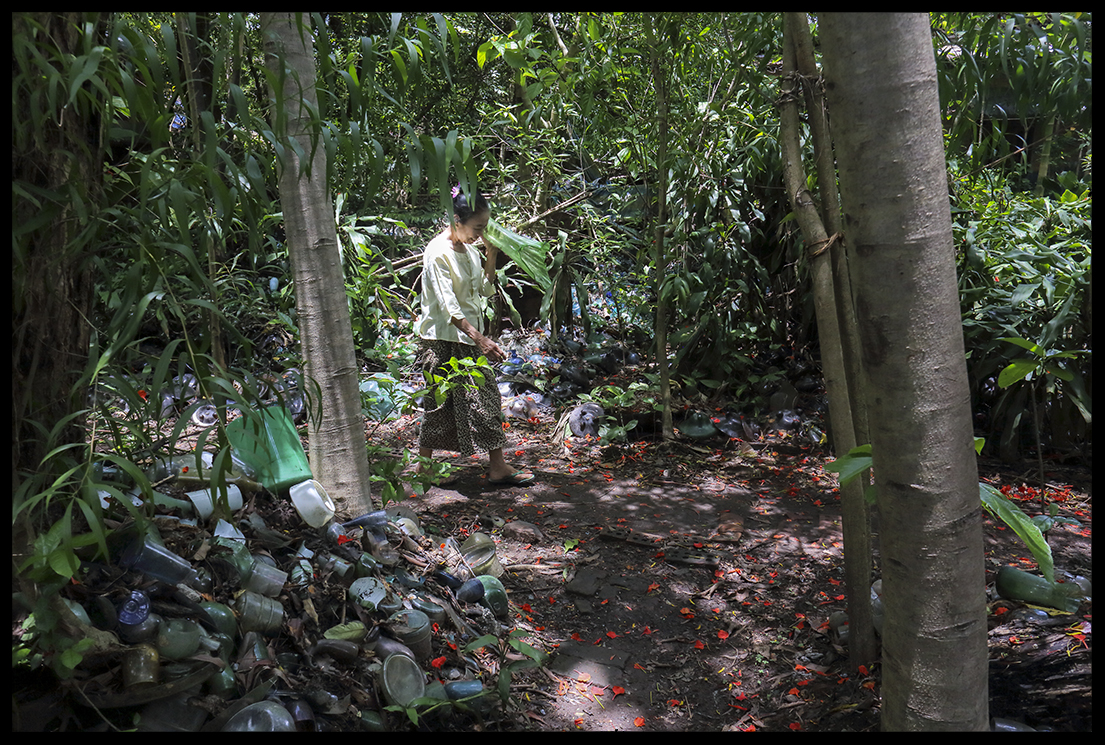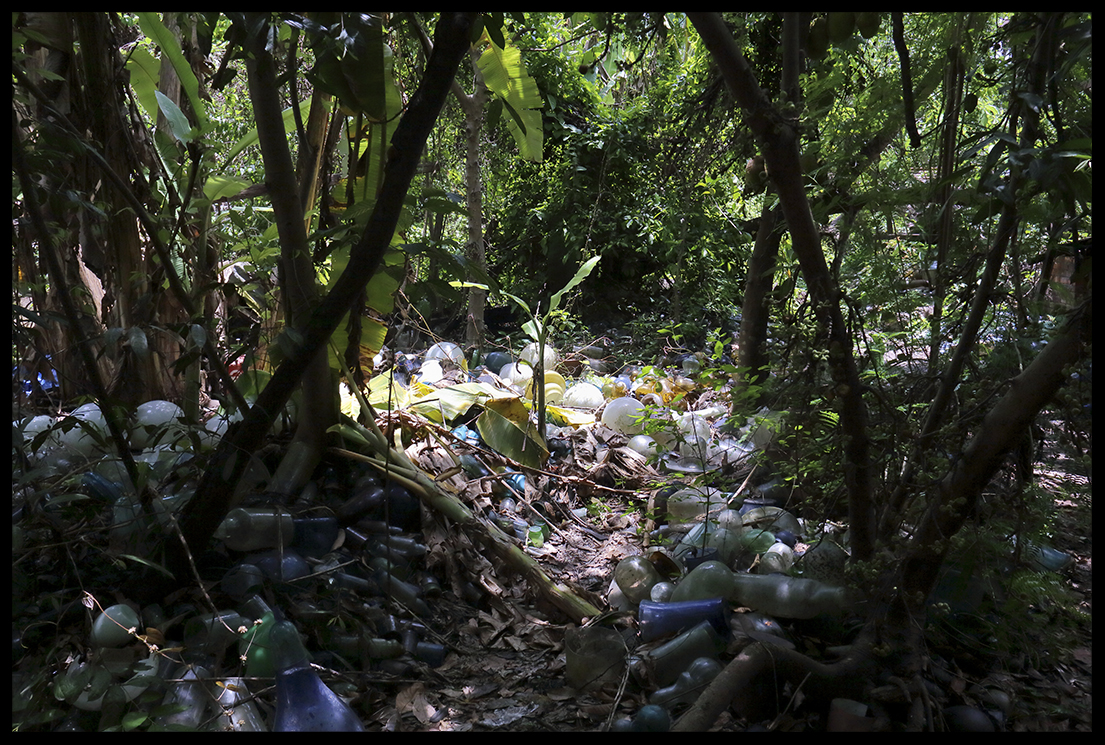Myanmar: Building Hope from Rubble
[p]U Aung Zaw, whose business prior to April 2008 employed 43 workers and could produce anything that you could draw, from elaborately colored platters to wine decanters with cleverly placed pockets for cooling ice. A simple factory built from timber and sheet metal didn’t meet the standards of the 1st world, but served many businesses, organizations, embassies, and individual homes throughout Myanmar. [/p]
[p]However after Nargis the plant was destroyed, there was little hope of rebuilding and zero support for small businesses or industries impacted by the disaster. The kiln which had been the centerpiece of the factory had been cracked in the storm and because of the building’s collapse, was almost beyond repair. Hundreds of shelves of finished and nearly finished products were scattered around more then an acre of jungle, itself now reduced to a chaotic jumble of branches, frawns, timber, and sheet metal. Charcoal, which had been the primary fuel source for the furnace, climbed rapidly in price to nearly 12 times the 2008 costs. And with no income most of the skilled glass workers quickly left the compound to work abroad.[/p]
[p]In addition a larger problem looms with the remaining former employees. For families that didn’t leave, they took up residence on the factory’s property and have taken work at other businesses or work as day laborers. Having lost all paperwork in the cyclone, U Aung Zaw could not prove the title to his land, and faced both social and physical resistance when he voiced his resentment of the small shanty town that has taken over part of the old factory grounds.[/p]
[p]Small fights have broken out, and now as they come home former workers and their families will take items from the piles around the old compound to use or re-sell. U Aung Zaw refused to speak about the subject further given his fear of physical harm and retaliation, particularly if he were to push to rebuild the factory or to have the squatting homes removed.[/p]
[p]As a testament to U Aung Zaw and his family’s ingenuity, it became apparent that slowly returning tourism might offer some small income. So to provide for the family’s income U Aung Zaw would allow visitors to wander the grounds of his compound, digging through deep piles of frawns and mud to unearth largely unbroken glassware. A literal treasure hunt would turn up anything that had been in production prior to the cyclone, and for those who are more creative, U Aung Zaw’s family would cut down, polish, and even fuse pieces of glass to make entirely new items.[/p]
[p]This leaves me asking a question I really don’t know how to answer: Regardless of funding or resources, how do you work through suffering, trauma, and loss? How do you find a way to support and assist when an internal desire has gone out?[/p]
[p]Many of you who know me are probably aware of how much I’ve considered this question of behavior and psychology to be of crucial value. I imagine that to make an impact in these situations it would need to be of central importance to any approach to provide support and must specifically begin with conversations and a lot of good listening. And still, sadly, at times it seems you just have to accept a result and mitigate pain and suffering by moving on. But where does that cut off exist?[/p]
[p]I’ll be visiting the former factory again with a local Burmese art gallery/social enterprise, and will update as the story unfolds.[/p]


